This post may contains affiliate links. Read our full disclosure here.
The world of wine can seem intimidating with its complex terminology and rituals, but learning professional wine tasting techniques doesn’t require years of study. After attending a sommelier-led tasting workshop last month, I discovered that wine tasting techniques are actually quite straightforward when broken down into simple steps. These structured approaches are used by sommeliers to evaluate wine quality, but they’re equally valuable for everyday wine lovers looking to get more enjoyment from each glass.
Understanding wine tasting techniques transforms an ordinary glass into an adventure of flavors and aromas. Whether you’re just beginning your wine journey or looking to refine your existing knowledge, mastering these sommelier-approved evaluation methods will change how you experience wine forever. The beauty of these techniques is their accessibility—you can practice them anywhere, from fancy restaurants to your kitchen table with friends.
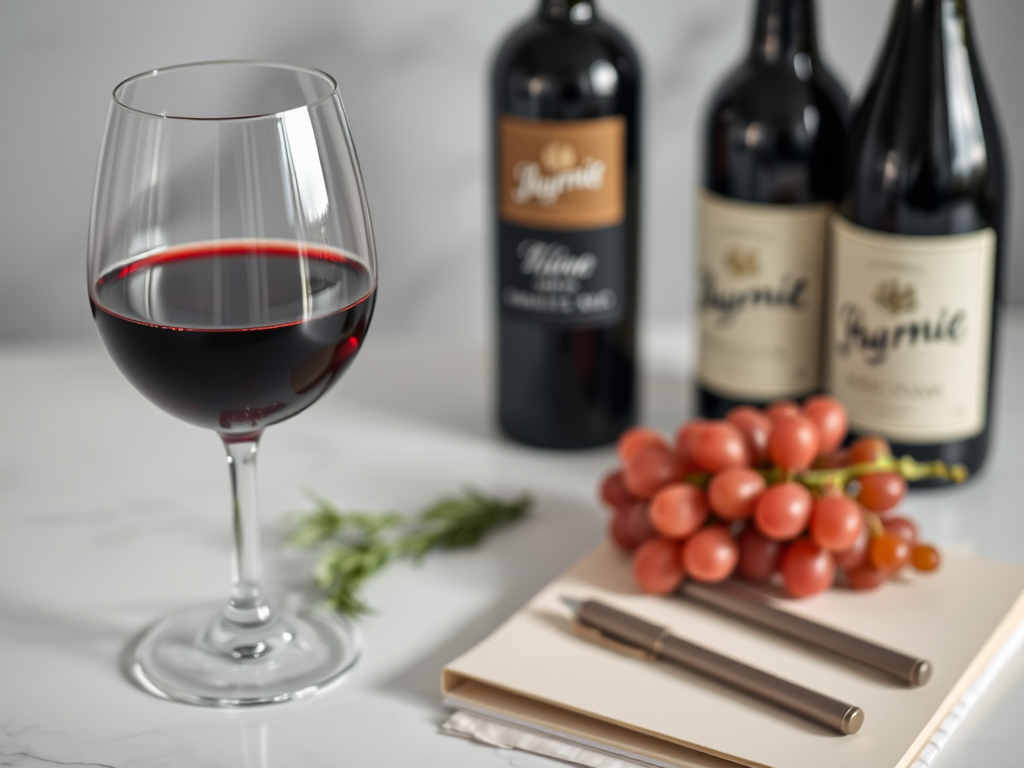
Why Wine Tasting Techniques Actually Matter
There’s a significant difference between casually drinking wine and truly tasting it. When you simply drink wine, you might notice if you like it or not, but thoughtful tasting reveals much more. Wine tasting techniques help unlock the story in your glass—where the grapes were grown, how the wine was made, and what makes each bottle unique. Think of it as listening more carefully to music and suddenly hearing instruments you never noticed before.
Sommeliers approach wine evaluation methodically because each step provides valuable information. The appearance hints at age and grape variety, aromas reveal winemaking techniques, and flavors indicate quality and regional characteristics. By learning basic wine terminology, you’ll develop a framework for understanding what your senses are telling you. This structured approach doesn’t make the experience less enjoyable—it actually deepens your appreciation and helps you discover wines that perfectly match your preferences.
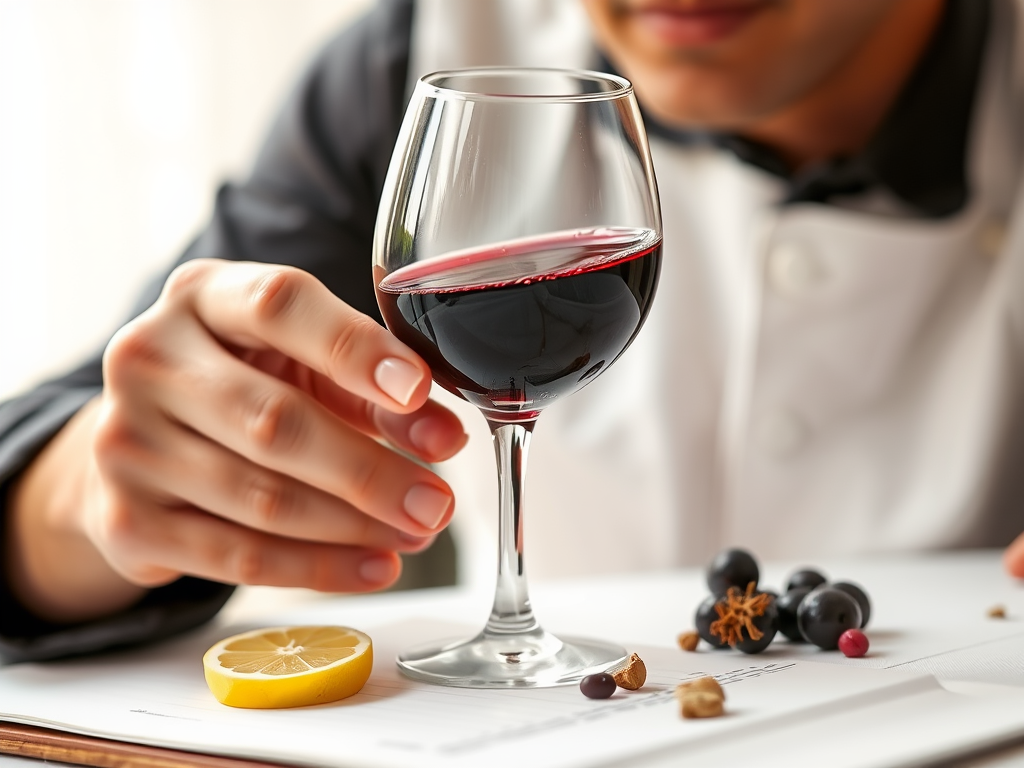
Essential Wine Tasting Techniques Step by Step
Following these systematic steps will help you evaluate wine like professionals do. Don’t worry about getting everything “right”—the goal is to become more aware of what you’re experiencing, not to pass a test. Let’s break down the process that sommeliers use to analyze every glass.
Look: Visual Assessment
Before taking that first sip, hold your glass against a white background (a napkin or tablecloth works perfectly). The visual examination reveals surprising details about the wine’s character. For white wines, look for colors ranging from pale straw (young) to deep gold or amber (aged). Red wines progress from purple (young) to brick or brownish (mature).
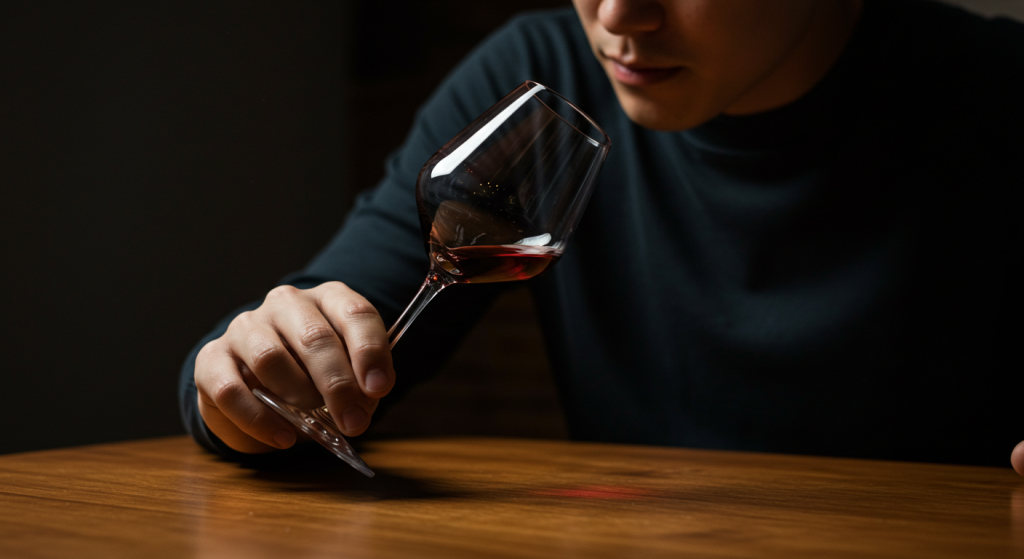
Next, check the clarity—most quality wines should be clear, not cloudy. Then observe the “legs” or “tears” that form when you swirl the wine and let it settle. These viscous streaks running down the glass indicate alcohol content and/or residual sugar. Thicker, slower-moving legs often suggest higher alcohol or sweetness. While not a definitive quality indicator, this visual clue adds another piece to the wine’s profile puzzle.
Swirl: Aeration Matters
Swirling isn’t just for show—it serves a crucial purpose in wine tasting techniques. The gentle rotation introduces oxygen to the wine, helping release volatile compounds that create the aroma. No need for dramatic wrist action that risks spilling; small, controlled circles with the glass on the table work perfectly for beginners.
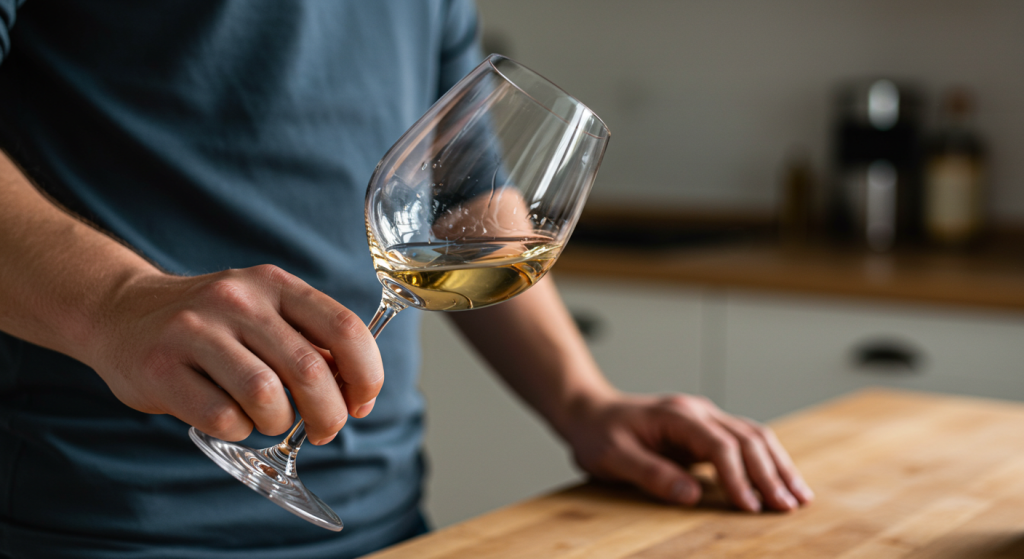
The science behind this step is fascinating—wine contains hundreds of aromatic compounds that need exposure to air to become perceptible. Different compounds volatilize at different rates, which is why a wine’s aroma evolves in the glass over time. If you’re new to swirling, try practicing with water first to get comfortable with the motion before risking a red wine accident on your favorite shirt!
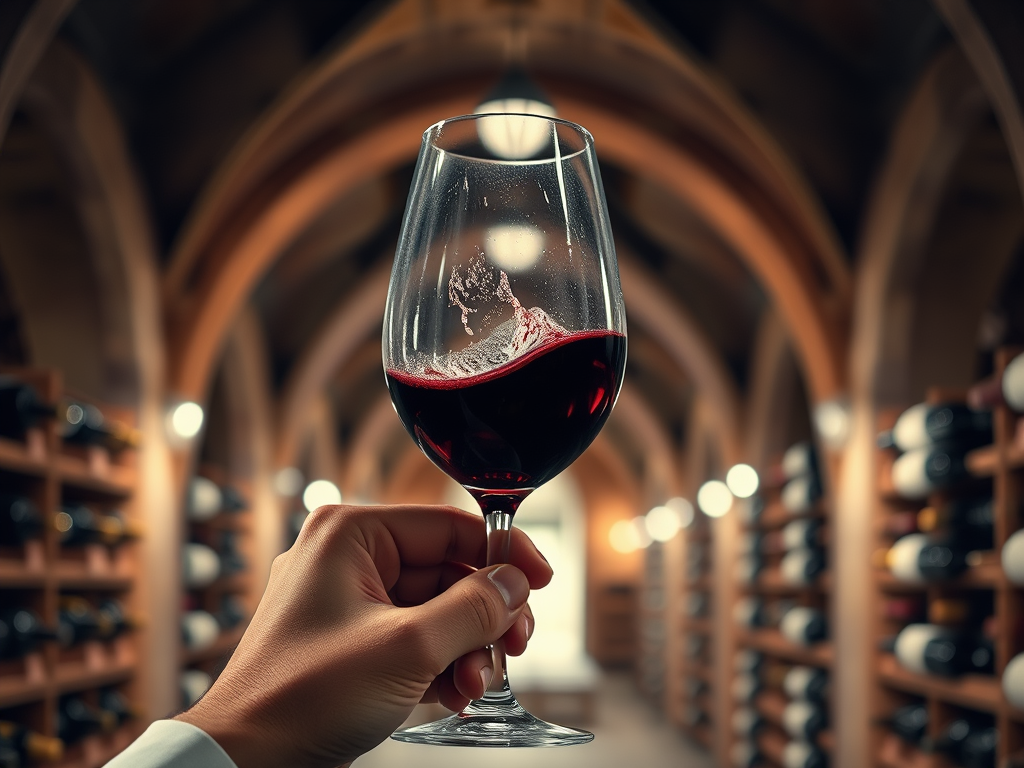
Smell: The Aromatic Journey
While our tongues can only detect five basic tastes, our noses can distinguish thousands of different scents. That’s why smelling might be the most revealing aspect of wine evaluation. Take short sniffs first, then a deeper inhale. Trying to identify aromas can feel challenging at first, but with practice, you’ll start recognizing familiar scents.
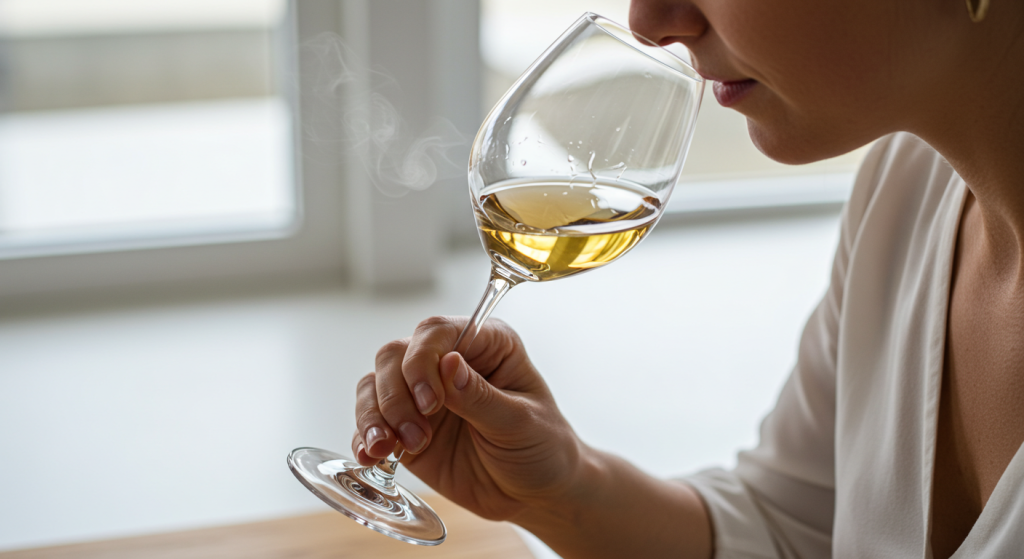
Wine aromas typically appear in layers. Primary aromas come directly from the grape—think citrus in Sauvignon Blanc or cherry in Pinot Noir. Secondary aromas develop during fermentation and winemaking, like vanilla from oak barrels or buttery notes from malolactic fermentation. Tertiary aromas emerge with aging—leather, tobacco, dried fruit, or nutty characteristics. When struggling to identify specific aromas, start broad: Is it fruity or savory? Fresh or dried fruit? Floral or earthy? Then narrow it down as your confidence grows.
I’ve found practical wine tasting tips that suggest starting with familiar scents. You don’t need fancy terminology—just honest observations about what the wine reminds you of. Your personal associations with aromas matter more than textbook descriptions.
Sip: Taste Analysis
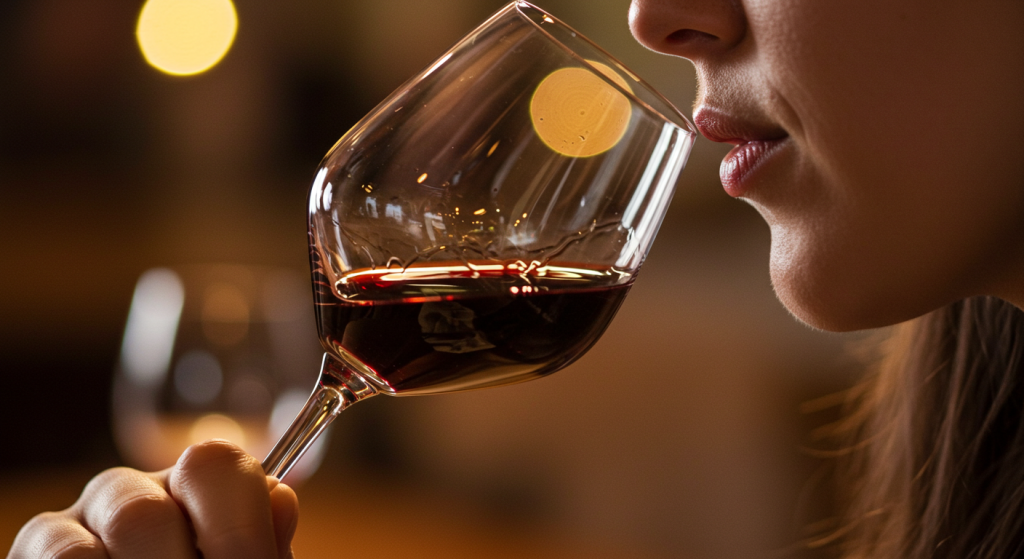
Now comes everyone’s favorite part—actually tasting the wine! Take a sip and let it coat your entire tongue before swallowing. Professional wine tasting techniques focus on structure rather than just flavor. Pay attention to these key components:
- Sweetness/Dryness: Detected primarily at the tip of your tongue, this indicates residual sugar. “Dry” means no perceptible sweetness.
- Acidity: That mouth-watering sensation suggests high acidity, common in cool-climate wines like Riesling or Sauvignon Blanc.
- Tannins: Found mainly in red wines, tannins create that drying, astringent feeling similar to strong black tea or dark chocolate.
- Body: How “heavy” does the wine feel? Think of body as comparable to milk—light (skim), medium (whole), or full (cream).
- Finish: How long do the flavors linger after swallowing? Generally, longer finishes indicate higher quality wines.
The interplay between these elements creates balance—the hallmark of well-made wine. A balanced wine has harmonious proportions of each component without any single element dominating. Some food and wine pairing fundamentals depend on understanding these structural elements to create complementary matches.
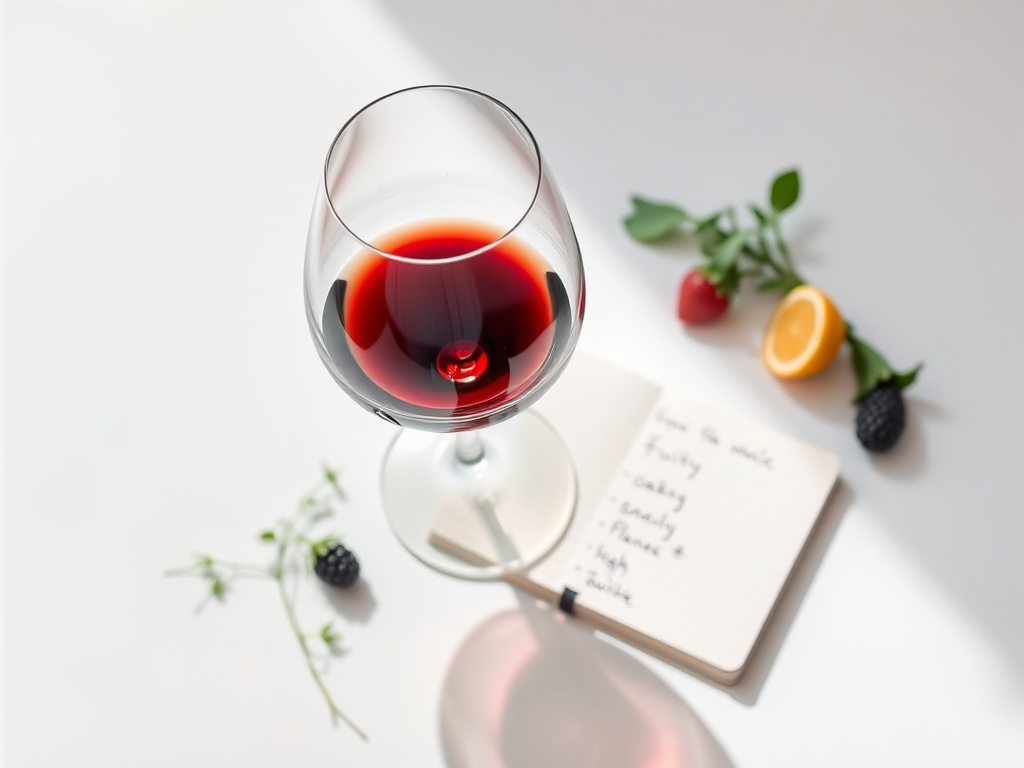
Describe: Finding Your Words
The final step in sommelier wine tasting techniques is articulating what you’ve experienced. Don’t worry about sounding like a wine label—use words that make sense to you. Is it juicy, crisp, bold, or smooth? Does it remind you of specific fruits, spices, or places? There are no wrong answers when describing your personal experience.
If you’re struggling for descriptors, start with basic categories: fruit (red, black, tropical, citrus), floral notes, herbs/spices, earthy elements, or oak-influenced characteristics. With practice, your vocabulary will naturally expand. Remember that taste is subjective—two people can have entirely different yet equally valid impressions of the same wine.
How to Practice Wine Tasting Techniques at Home
You don’t need expensive equipment or rare bottles to sharpen your tasting skills. Creating opportunities to practice at home can be both fun and educational. Here are some approachable ways to develop your palate:
- Compare wine flights: Pour small amounts of similar wines to spot differences. Try comparing three Chardonnays from different regions or oaked vs. unoaked styles.
- Blind tastings: Have someone cover bottle labels and see if you can identify grape varieties or regions. Even incorrect guesses teach you something!
- Keep a tasting journal: Nothing fancy required—just jot down observations about each wine you try. Over time, you’ll notice patterns in your preferences.
- Kitchen aroma training: Smell fruits, herbs, spices, and other foods in your kitchen to build your “aroma memory.” This helps you identify these notes in wine later.
- Online tasting groups: Join virtual tastings where everyone tastes the same wines and shares observations.
Planning a backyard wine tasting on a budget is another excellent way to practice with friends. You can take turns selecting wines around a theme and comparing notes on what everyone experiences. The social aspect makes learning more enjoyable and introduces you to perspectives you might have missed on your own.
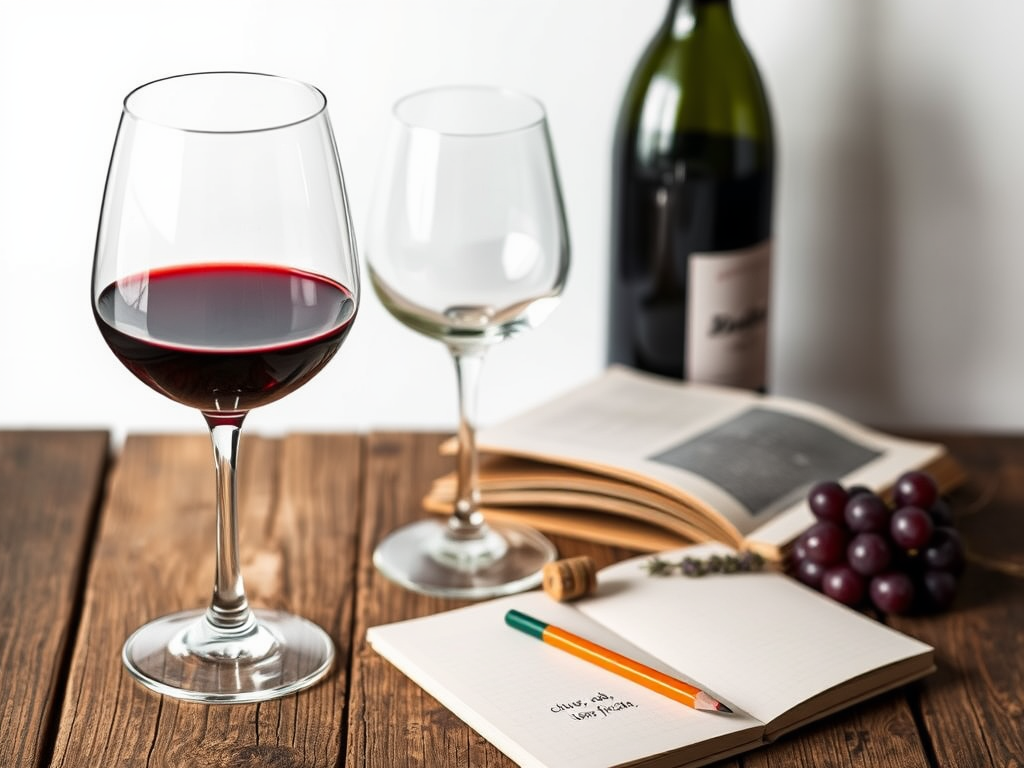
When to Use Your Wine Tasting Techniques
These skills aren’t just for special occasions—they can enhance your wine experience in numerous everyday situations. At winery visits, your knowledge of proper evaluation methods allows you to ask more informed questions and gain deeper insights from staff. Instead of just saying you like or dislike a sample, you can specifically mention what aspects appeal to you, leading to better recommendations.
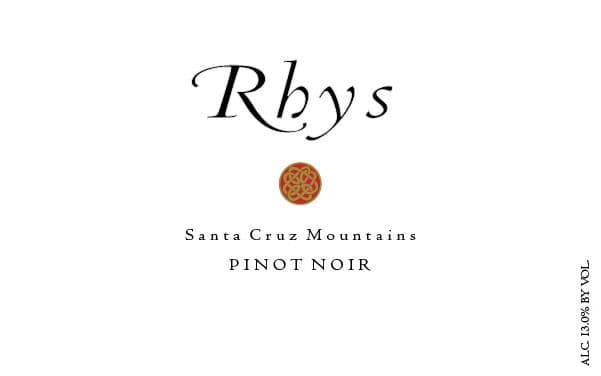
Dinner parties become more enjoyable when you can thoughtfully discuss the wines being served. You might notice how a wine’s acidity cuts through rich foods or how its fruit profile complements certain dishes. Your friends will appreciate specific observations rather than generic compliments.
Wine shopping becomes less intimidating once you understand the language on labels and can communicate effectively with store staff. Rather than relying solely on price or familiar names, you can request wines with characteristics you enjoy—perhaps “a medium-bodied red with moderate tannins” or “a crisp white with citrus notes.”
Even your wine tasting fashion choices reflect your growing confidence in these settings. As you become more comfortable with wine tasting techniques, you’ll naturally feel more at ease in various wine-focused environments, from casual gatherings to formal tastings.
Bringing It All Together
Wine tasting techniques aren’t about pretension or showing off—they’re tools to help you discover what you truly enjoy. The more you practice, the more intuitive the process becomes, and the more rewarding each glass will be. You’ll find yourself noticing subtleties that completely escaped you before and developing preferences based on specific characteristics rather than labels or prices.
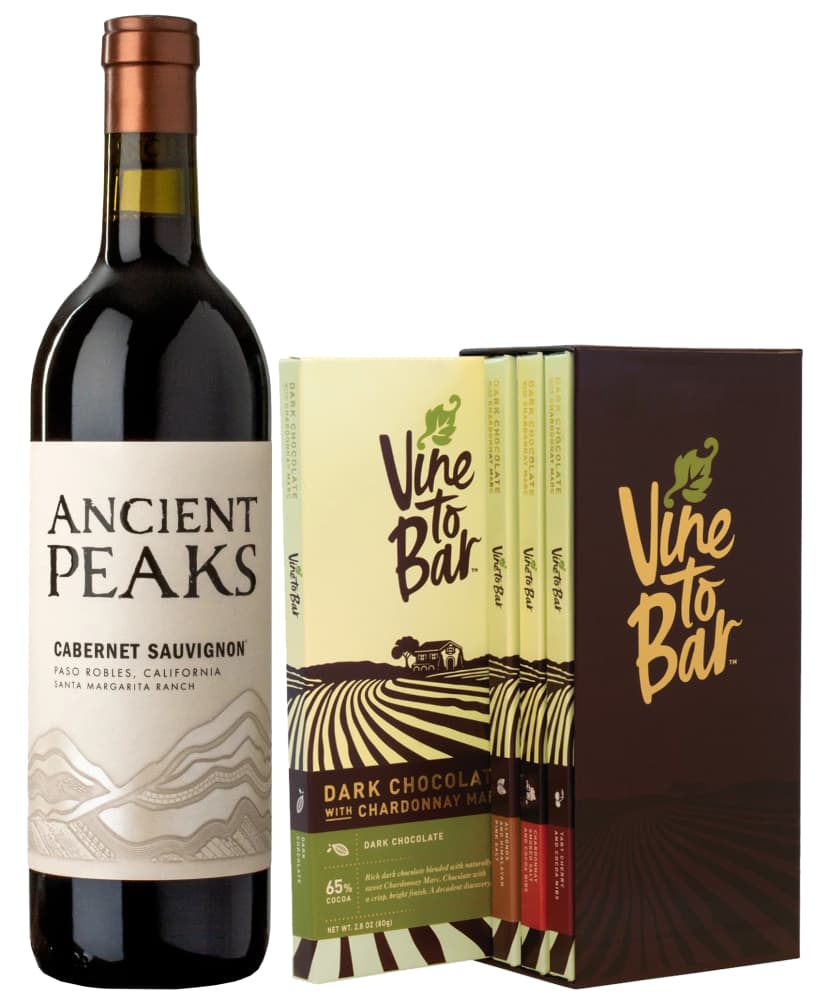
Remember that everyone’s palate is different, and your personal experience is valid regardless of what critics or friends might say. Trust your senses, keep an open mind, and don’t be afraid to revise your opinions as your palate evolves. The most important outcome isn’t becoming an expert but finding more joy in every sip.
What’s your favorite part of the wine tasting process? Do you find yourself naturally drawn to examining the color, enjoying the aromas, or savoring the finish? I’d love to hear which techniques have helped you discover new favorite wines!




